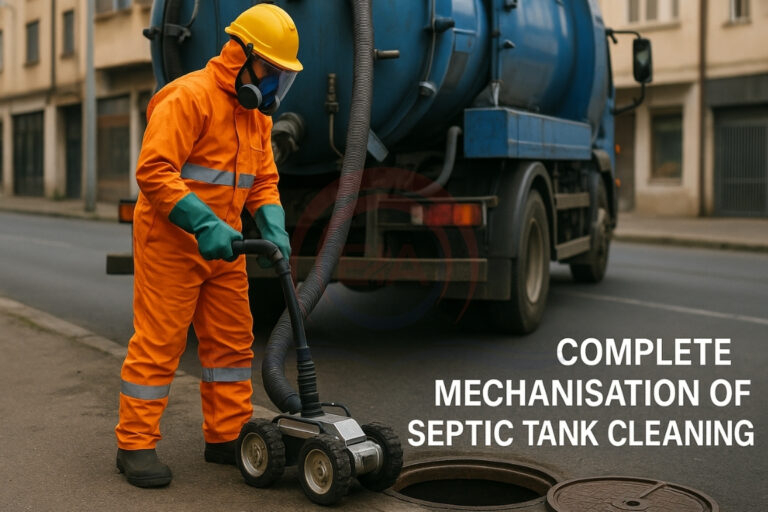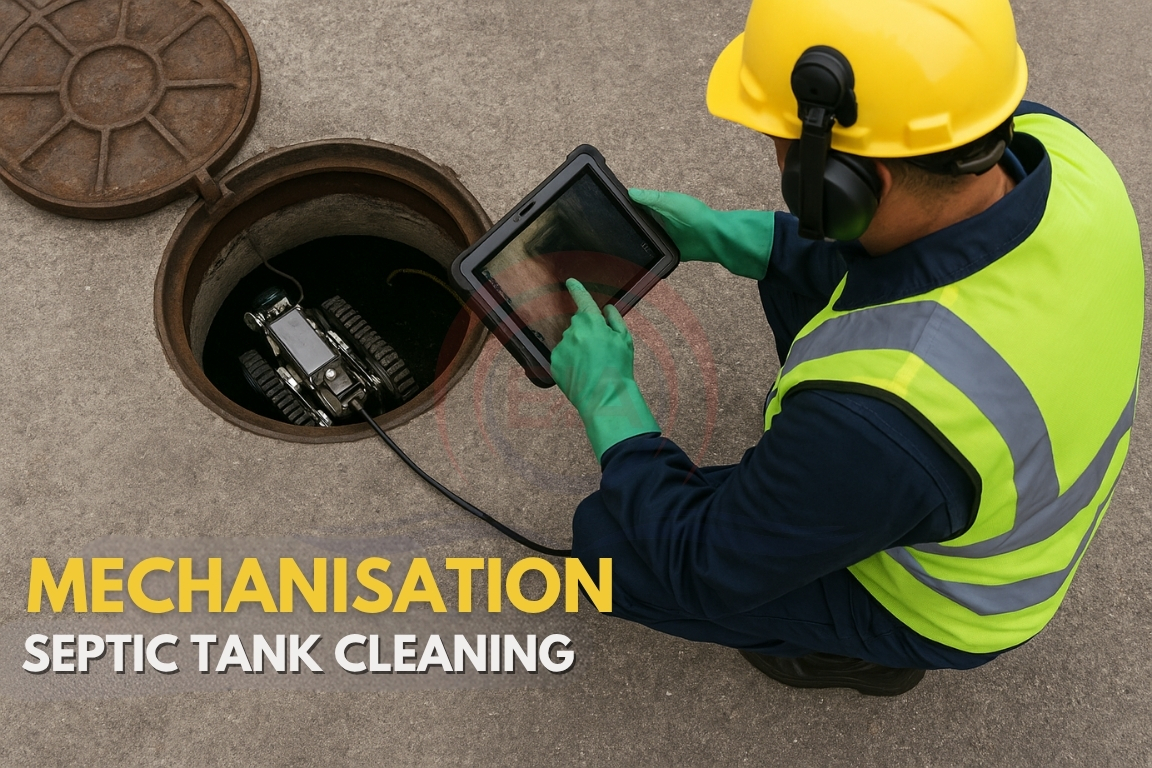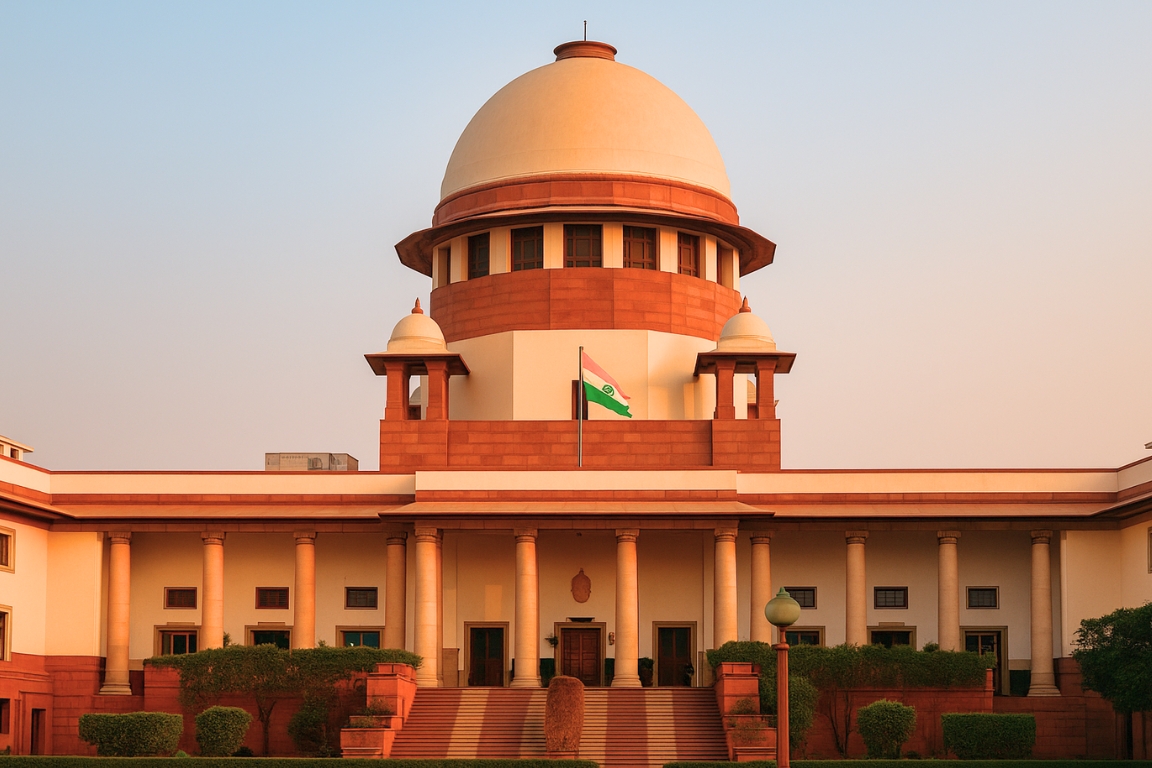A social audit presented in Parliament has revealed serious flaws in the implementation of mechanised sanitation efforts. Despite legal safeguards and schemes like NAMASTE, hazardous manual cleaning still continues widely across India.
Issues Highlighted by the Audit
- Out of 54 deaths studied, only 5 workers were on government payroll; 38 were hired by local contractors, and others were unofficially deputed from public agencies, creating confusion over accountability.
- Despite laws like the Prohibition of Employment as Manual Scavengers Act (2013) and Supreme Court rulings, manual cleaning is still common.
Gaps in Implementation of Mechanised Cleaning
- The NAMASTE Scheme (2023) promotes robotic cleaning but remains underfunded — only ₹14 crore released, insufficient for even one big city.
- PPE kits were given to only 16,791 workers, although over 57,000 are engaged in risky sanitation work.
- Safety training is rare: only 837 workshops were conducted across 4,800 urban local bodies.
Positive Developments
- Odisha has supplied workers with PPE and machines.
- Tamil Nadu deployed sewer robots in Chennai to clean 5,000+ manholes.
- These show that technology and political will can improve safety.

Enforcement & Social Equity Issues
- Local governments often invite manual tenders despite the availability of machines.
- After accidents, lower-level staff are blamed, while contractors face no legal consequences.
- Dalits form two-thirds of sanitation workers, yet rehabilitation packages rarely offer housing or educational support.
- Women sanitation workers, especially in dry latrine cleaning, are often neglected in policy.
Conclusion and Way Forward
Urban bodies must make mechanised cleaning mandatory and license all operators. Workers should get loans and service contracts to manage machines. The Swachh Bharat rural budget must also cover septic tank cleaning, and NAMASTE profiling should extend to rural areas.





